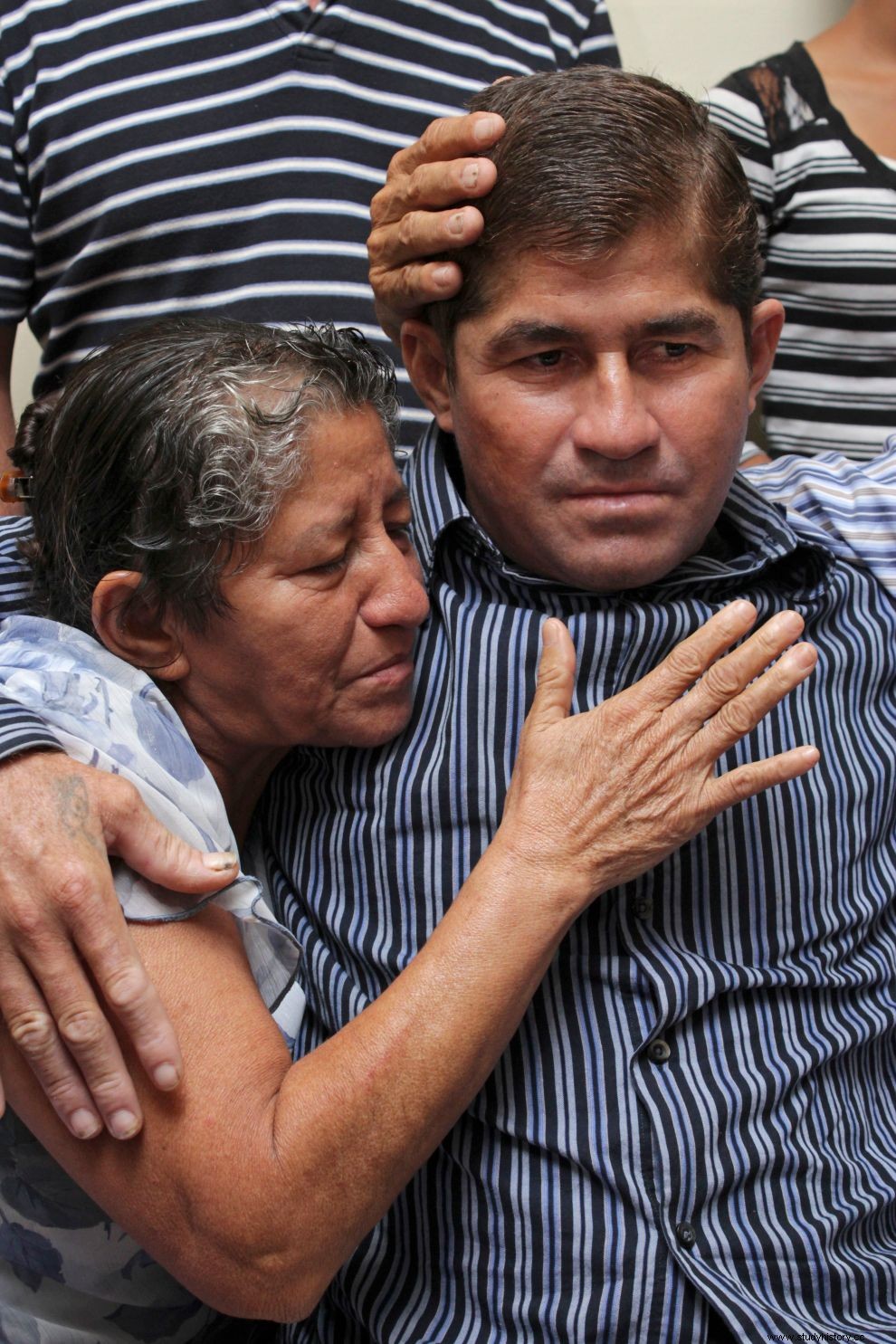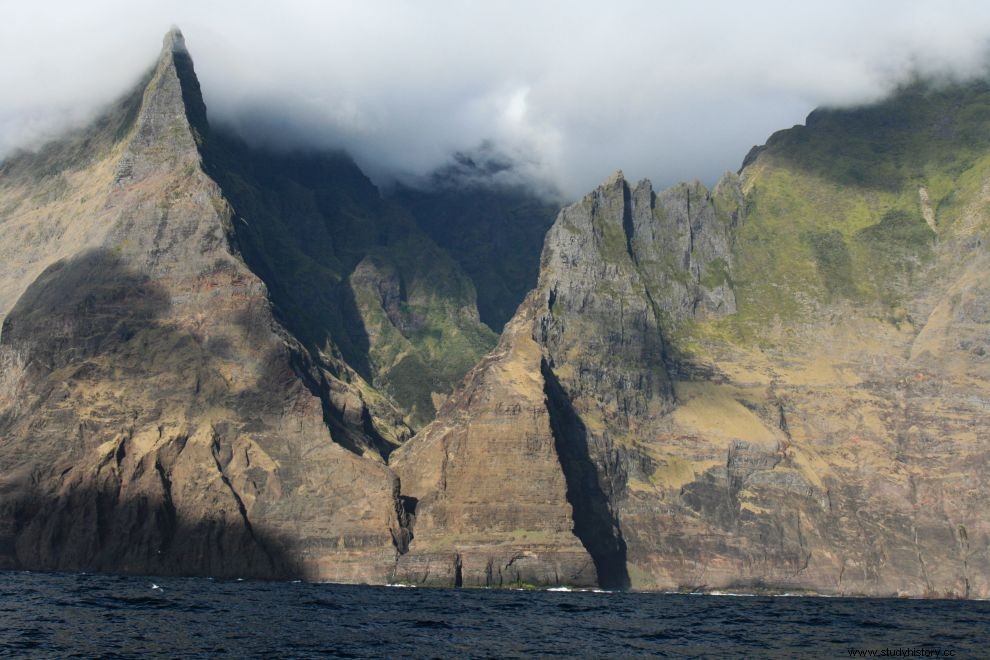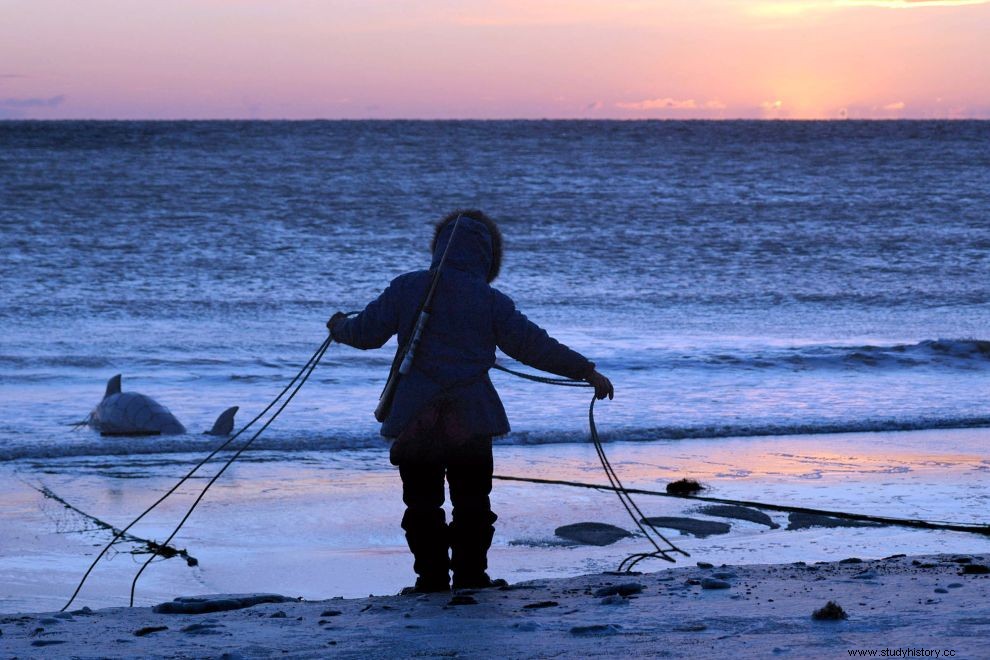“The extinction of the species is the norm. Survival is the exception.” (Carl Sagan, American astronomer, 1934-1996)
On Monday, January 24, 2022, 50 years have passed since January 24, 1972 (come on!). In the afternoon of that day, two fishermen on the banks of the Talofofo River on the island of Guam discovered a suffering man, probably Japanese. Indeed:he was Japanese Army Sergeant Soichi Yokoi, who had spent the last 28 years of his life in the jungles of Guam unaware of the end of World War II. Well, that is?
That is, from 1944, when the Americans occupied the island, Yokoi fled to the jungle, where he lived for almost 30 years – initially with two other Japanese soldiers (they died in a flood), and then alone for the last eight years. How; Eating nuts, mangoes, papayas, snails, rats and frogs (hard for Mystery Box, whatever you say). Until 1952 he believed that the War was going on as normal, hence he went into hiding. Later, when he somehow learned the manta, he was simply afraid to come out of the jungle because, as he said after his "return" to the homeland, "We Japanese soldiers had learned to prefer death to the indignity of captivity." .

Okay, his mental health may have taken a toll from all these years of…patriotic survival in the wild, but the doctor who examined Yokoi found him to be in pretty good physical condition. How the hell did he do it? Um, survival instinct, dumbass. Which solemnly confirms the above saying of Shagan - confirming the rule at the same time. Because people who manage to survive for a long time lost in nature somewhere on Earth are indeed the exception.

On the occasion of Yokoi's anniversary, let's look at some famous examples of incredible human survival. Let me be clear, we will not catch cases a) like the ferocious Icelandic fisherman Gudlfgur Fridforsson (not pronounced that way, but impossible to transcribe what I hear on forvo.com), who in March 1984, by sinking their fishing boat into the frozen North Atlantic, swam six hours in 5°C water, and then walked another three hours on sharp lava rocks up to the roof before he managed to call for help – his survival is incredible, but only a few hours, b) like the American Aaron Ralston, who in 2003 lived for five days stuck in a canyon in Utah, before cutting his arm and survive, to later become the blockbuster 127 Hours starring James Franco – here, there was injury, not unhindered survival.
Survival, but at sea

Jose Salvador Alvarenga from El Salvador is a fisherman who (starting) in November 2012 lived 13 months on a battered houseboat in the middle of the Pacific. It goes without saying that such an incident at sea has never been recorded before. 36-year-old Alvarenga, along with another young man, had gone fishing off the west coast of Mexico, caught in a five-day freak storm, stranded without an engine, sails or radio, but managed to survive by eating raw fish, turtles and… thistles. And drinking rainwater and turtle blood. The fellow traveler fell ill and died, but Alvarenga sailed another nine months alone before landing on an islet in the Marshall Islands after 438 days and a distance of over 9,500 nautical kilometers...
Survival for… literature
Between October 1704 and February 1709, Scottish sailor Alexander Selkirk lived as a castaway on an islet in the Juan Fernandez archipelago (far) off Chile. He had been abandoned there by his captain, with some rudimentary materials for survival, because Selkirk grumbled that it was better to run out on said islet than to continue traveling on a ship that was (indeed) entering. He didn't mean it, but the captain took it at face value... At first Alexander stayed on the beach building straw huts and eating shells and cane fish. But when, shortly after, hordes of sea lions burst onto the beach for their annual mating season, Serkirk retreated to the interior of the island. Where he had the incredible luck of finding the wild offspring of goats left by some ancient inhabitants of the island, thus securing milk, meat and clothes. On the 1 th February 1709 saved from corsairs...

This man's story was the inspiration for the title "Robinson Crusoe" by Daniel Dafoe, as well as "Gulliver's Travels" by Jonathan Swift. Let him also turn a blind eye to Zemeckis' (wonderful) "Castaway" with Tom Hanks heartbreakingly searching for the Wilson ball...
The record holder
OK, so it wasn't a one-and-done stint outside of civilization, but New Zealander Tom Neill (1902-1977) certainly has the most impressive record of all:three stints totaling 16 years living alone on an exotic island in Suwaroo Atoll. in the Cook Islands. The first time he stayed from 1952 to 1954, tamed some wild chickens, planted crops – before he was taken off the island semi-paralyzed after an accident and serious injury. The back fell, Tom got married, had two children, but in 1960 he left again for "his" island. Four more years of isolation. A short return, and in 1967 Neil, armed with the experience of his two previous terms, returns all alone to his exotic island. This time he stayed for 10 whole years.
Make no mistake, Neil's effort counts and counts. Because as much as his going/staying on the desert island was voluntary, it was not at all controlled. In order to leave, so to speak, his seemingly idyllic retreat, he had to pass by and be picked up by some, any boat. In 1954 he was found dead with a crippled back; in 1977, leaving Suwarow for good, his health was already very shaken. Eight months later, he died of stomach cancer. Um, after all, it's not just the crazy lifestyle, cigarettes, and trans fats that are to blame...
Two ladies
And because, in these "small" days that we live in, one can go to see a male sign of exclusivity in the wild survival of people, here are two female cases. San Nicolas Island, 100 kilometers outside of Long Beach, California and completely cut off from the rest of the Channel Islands, became the lonely retreat of the nameless woman known by the nickname The Lone Woman of San Nicolas Island. Back in 1835, when Russian otter hunters invaded the island and massacred the local population, mercenary Europeans came to flee the survivors, all of them members of the Nikoleni tribe. This woman was left behind. Asleep. In San Nicolas.
In 1853, 18 years later, the glass hunter Georg Nidever found the woman living in a hut made of whale bones eating mostly dried seal blubber (keto, obviously). He took her with him on a mission to Santa Barbara (we're talking about a long time ago, right?) He also baptized her a Christian:Juana Maria. She was excited about everything - clothes, people, horses, houses, white people, food... Seven weeks later, Juana Maria contracted dysentery. And he died.

Ada Blackjack had better luck (and yet...), an Inuit woman who a century ago lived for two whole years alone on an uninhabited island in Northern Siberia (further north, you die, that is). Ada, in an attempt to raise money for the treatment of her phthisis son, went to work as a cook and tailor on an exploratory expedition of four who sugared Wrangel Island (God's end, further north than the Bering Strait). They started on September 16, 1921. But faulty preparation and mismanagement of food brought them to a standstill. Three men decided to cross the frozen sea and go to ask for help. And eat! Ada was left behind with the American explorer, Lorne Knight, who was suffering from scurvy. The others never came back.
Not surprisingly, Ada took care of them both. She learned to set traps for arctic foxes, and was first on the mark shooting birds, seals – even polar bears she put in to protect their "home". And she did admirably in the last five months she was left alone after Knight's death. Finally, on August 19, 1923, a guy hired by Vilhalmur Stefansson, the former leader of the original ill-fated expedition, found her and took her with him. Ada came back, fed her sick son with her savings, had a second child, and finally, after turning 65, she returned to the Arctic, where she fell asleep at 85.
Life on our word!
